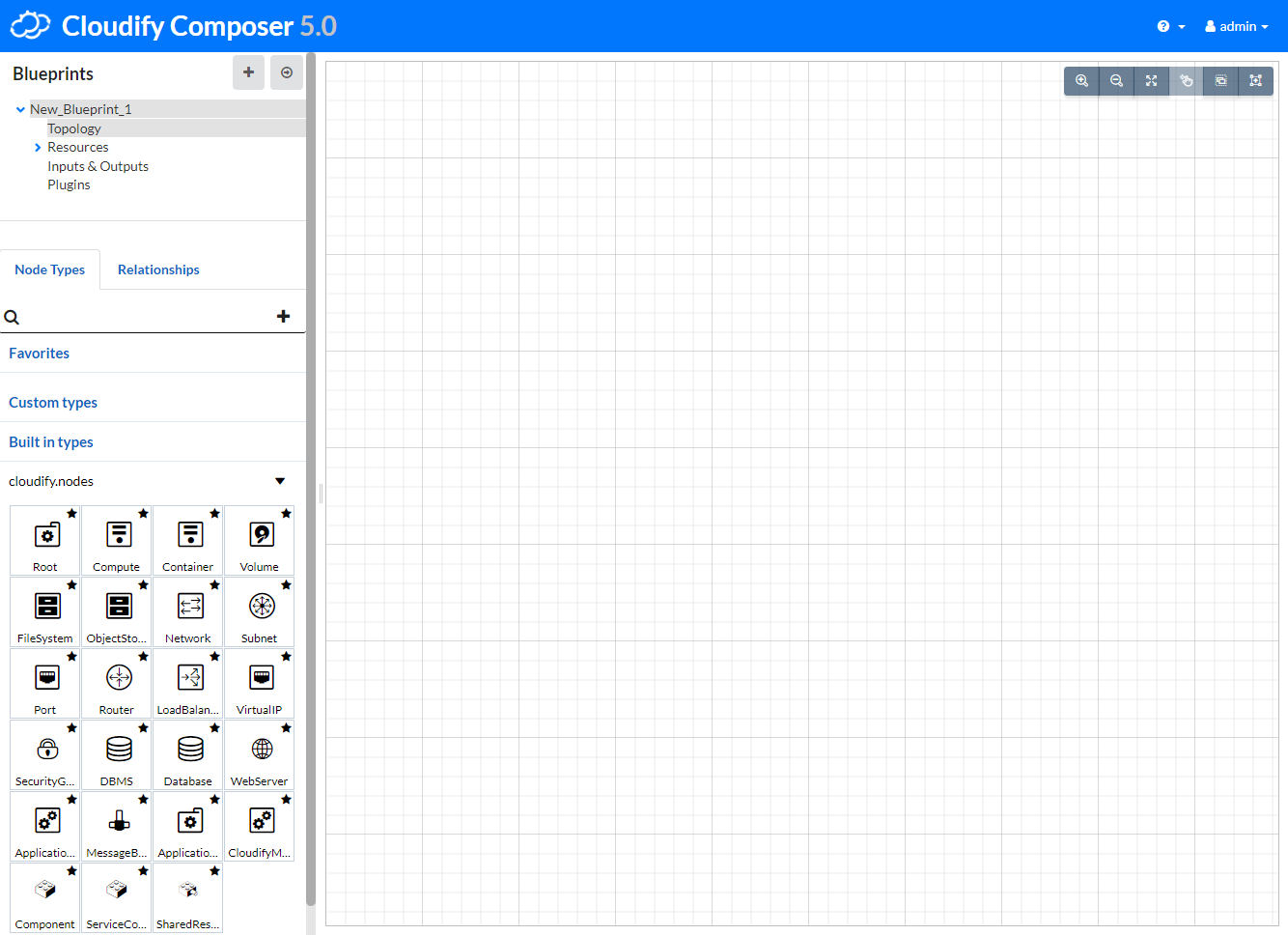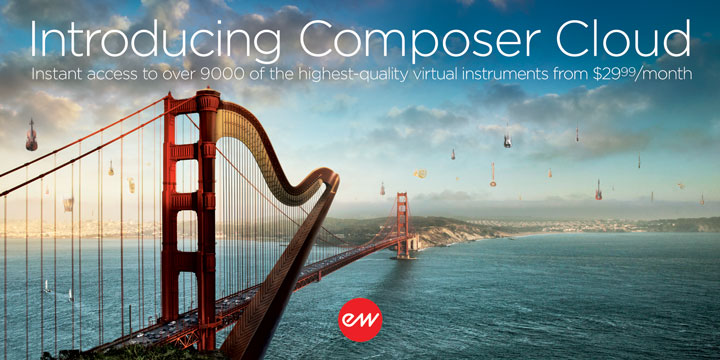

#Cloud composer how to#
Let’s look at how to configure for DAG and task failures.

SADA recommends using native Cloud Operations for those integrations.

Apache Airflow has a native option for email notifications, but that method doesn’t integrate well with common notification channels like Splunk, PageDuty, or Webhook. Unfortunately, those monitoring metrics omit DAG and task failures, leaving a critical gap in monitoring requirements. Google Cloud offers many composer metrics, as described in Google’s Composer Monitoring Metrics documentation. Understanding the failed steps and why they failed is vital to ensure your Cloud Composer activities perform as anticipated. Identifying Google Composer workflow failures is critical from a business perspective, especially when those workflow tasks are running in a complex sequence or parallel with other tasks with cascading impacts on workflow operations. Why are Google Cloud Composer DAG and task monitoring important? Let’s start by explaining why DAG and task monitoring are essential.
#Cloud composer code#
In this article, we will share those configurations so you can effectively monitor your Google Cloud Composer DAGs and tasks, both via the Google Cloud Console or by our preferred method via Infrastructure as Code (IaC) using Terraform. Cloud Monitoring identifies and alerts on various events in Google Cloud Composer, but DAG and tasks are omitted and require explicit monitoring configurations. One challenge we have encountered in Google Cloud Composer is monitoring workflow failures, specifically around directed acyclic graphs (DAGs) and tasks.
#Cloud composer install#
Cloud Composer natively integrates with Google Cloud Platform (sometimes referred to as GCP) and is a managed service, so you don’t need to install or manage Apache Airflow. Whether that data pipeline is for Bigquery, Dataproc, Dataflow, or extract, transform, and load (ETL) workflows, Google Cloud Composer offers a managed Apache Airflow-based workflow management solution. At SADA, we implement Google Cloud Composer for our clients who require powerful and intricate workflow management capabilities for their data pipeline.


 0 kommentar(er)
0 kommentar(er)
